Empowering NobleLeaders: Helping Students Understand the Benefits of Community Service
Dr. Kristin Joos and Liz Harlan come together again to help lessen the disconnect between one-time Service Plunges (like Dr. Martin Luther King, Jr. Day) and long-term community service and involvement. Given that hundreds of thousands of Americans participated in service on MLK day, “A Day On, Not a Day Off,” including many college students across the nation, we thought it might be helpful to discuss some tips and strategies for how to leverage the enthusiasm of such events.
Helping students to understand the benefits of community service can be a great way to sustain their involvement. Community engagement has has the potential for deep reciprocal benefits as students learn to create positive change in the world, and make personal changes in the process.
For example, when I was in high school, I had volunteer experience that was so impactful that it led to my career choice. When I was 17 years old, a junior in high school, I thought I wanted to go into sports medicine or be a big time athletic trainer. In order to gain more service experience and with my mother’s encouragement, I traveled to Nicaragua on a medical service trip with a local church (that I had been to before but was not a member of) for spring break. Every year, the church organizes a Spring Break Youth Medical Mission and allows anyone in the community interested to come on the trip as long as there is room. I had never been out of the country nor had any health care experience, and had no idea what to expect. We stayed in Matagalpa, Nicaragua and traveled one to three hours daily to various rural communities to set up a daily, mobile clinic that consisted of a triage area, doctor and patient tables, pharmacy, and dental clinic. Fortunately, one of my high school soccer teammates was on the trip with me. We were able to bring down soccer balls and play with the kids at the end of each clinic day.
Throughout the week, I practiced my Spanish in triage, shadowed and assisted physicians during their patient interviews, sorted and collected prescriptions in the pharmacy, and witnessed universal gestures of graciousness that transcended language and cultural barriers. The physicians, nurses, and pharmacists on the team were incredible people and role models. They encouraged all the young people to pursue their dreams always with serving others in mind, as well as opened my eyes to the wonders of medicine. When I returned home I told my parents, “I’m going to be a physician in the United States for six months and practice medicine in a developing country the other six months.” That one week in Nicaragua changed my life. It gave me perspective and knowledge about how the majority of the world lives, in poverty without access to essential resources, not only to improve their well-being, but even just to survive. I realized how fortunate I was for my family, my access to education, and to live in the United States. I felt so energized and open at the end of the week, and determined to be a doctor so I could have experiences like that for the rest of my life and hopefully improve the well-being of many diverse people.
The feelings that I experienced while helping people in a healthcare setting seemed almost addictive, I became compelled to want to do more service and to devote my professional career to serving others. Since that first trip, I have been on four medical service trips to Central America and highly recommend any type of service trip (Medical, Construction, Public Health, Education, Environmental, Microfinance, Human Rights, Water) to a developing country to all students. Week-long service trips take volunteering to the next level, in fact, in our next post, we will discuss Spring Break Service Trips (also known as “alternative Spring Breaks”), specifically focusing on encouraging students to get involved and helping them to prepare for these potentially life-changing experiences.
One of the most effective approaches to transforming one-time-volunteers into students-committed-to-service is through reflection. In future posts we will be talking about the process of service reflection in much more detail. Today, though, we'd like to offer three quick tips for faculty to share with service-plunge students, in hopes of leading to their experiencing the same compelling draw towards service, as we've had (and we assume many of you have had as well, as that's likely a big part of why you are involved in service learning as part of your career).
- Each time you volunteer, take a few minutes to make notes about what you did, what you learned, and how the experience impacted you. This can be done on scraps of paper, in a personal journal, on your blog (if you have one), posted on social media sites (like Facebook), and NobleHour even has a “journal” feature for students to record their reflections.
- Engage in conversation with others to explain what you’ve been doing and why it’s important. If you are in to photography, ask your supervisor if it’s okay for you to take photos while volunteering (as there may be strict rules requiring permission and releases) and if permitted, enjoy documenting your adventures in service. Again, if you are given permission, you may have fun posting these photos on your own website or blog, on a social media site (like Instagram), or using the “share” tool in NobleHour.
- Seek to learn more! Ask people at your volunteer site or service learning faculty at your school about opportunities for you to do similar work-- seek them out and get to know the people involved (attend events, set up informational interviews, and take the leap to attend other service activities).
For more information about how to help students to transform from participants of a one-time service plunge into long-term committed volunteers, leading lives of service, can be found in Don’t Just Count Your Hours, Make Your Hours Count: The Essential Guide to Volunteering and Community Service and by continuing to read our blog. Please be on the lookout for our next post discussing how to help students get involved in and prepare for Spring Break Service Trips.

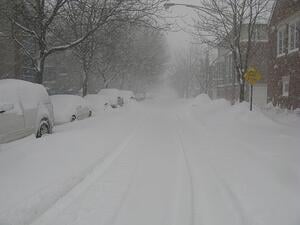 isn't as bitter as last year, we’ve still got a long way to go with no end in sight. And, we are not alone! Even Southern states are dealing with frigid cold temperatures, ice storms, ridiculous wind chills and hazardous driving conditions. The only people enjoying this crazy weather are the students receiving snow days. The cold days and grey skies take their toll. It’s not easy to be bright and cheery when you’re covered head to toe in fleece, wool and long underwear. It’s just really hard to be nice when you can’t feel your toes.
isn't as bitter as last year, we’ve still got a long way to go with no end in sight. And, we are not alone! Even Southern states are dealing with frigid cold temperatures, ice storms, ridiculous wind chills and hazardous driving conditions. The only people enjoying this crazy weather are the students receiving snow days. The cold days and grey skies take their toll. It’s not easy to be bright and cheery when you’re covered head to toe in fleece, wool and long underwear. It’s just really hard to be nice when you can’t feel your toes.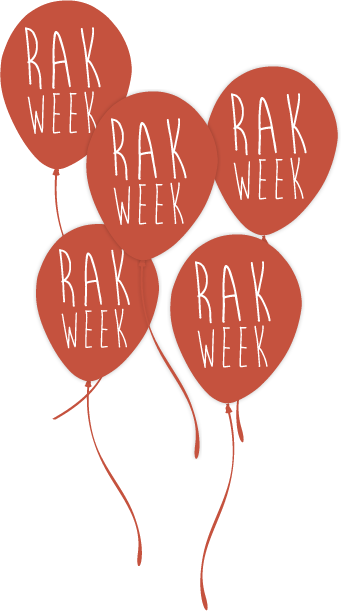 kindness and pass it on to others. Their goals are to:
kindness and pass it on to others. Their goals are to:

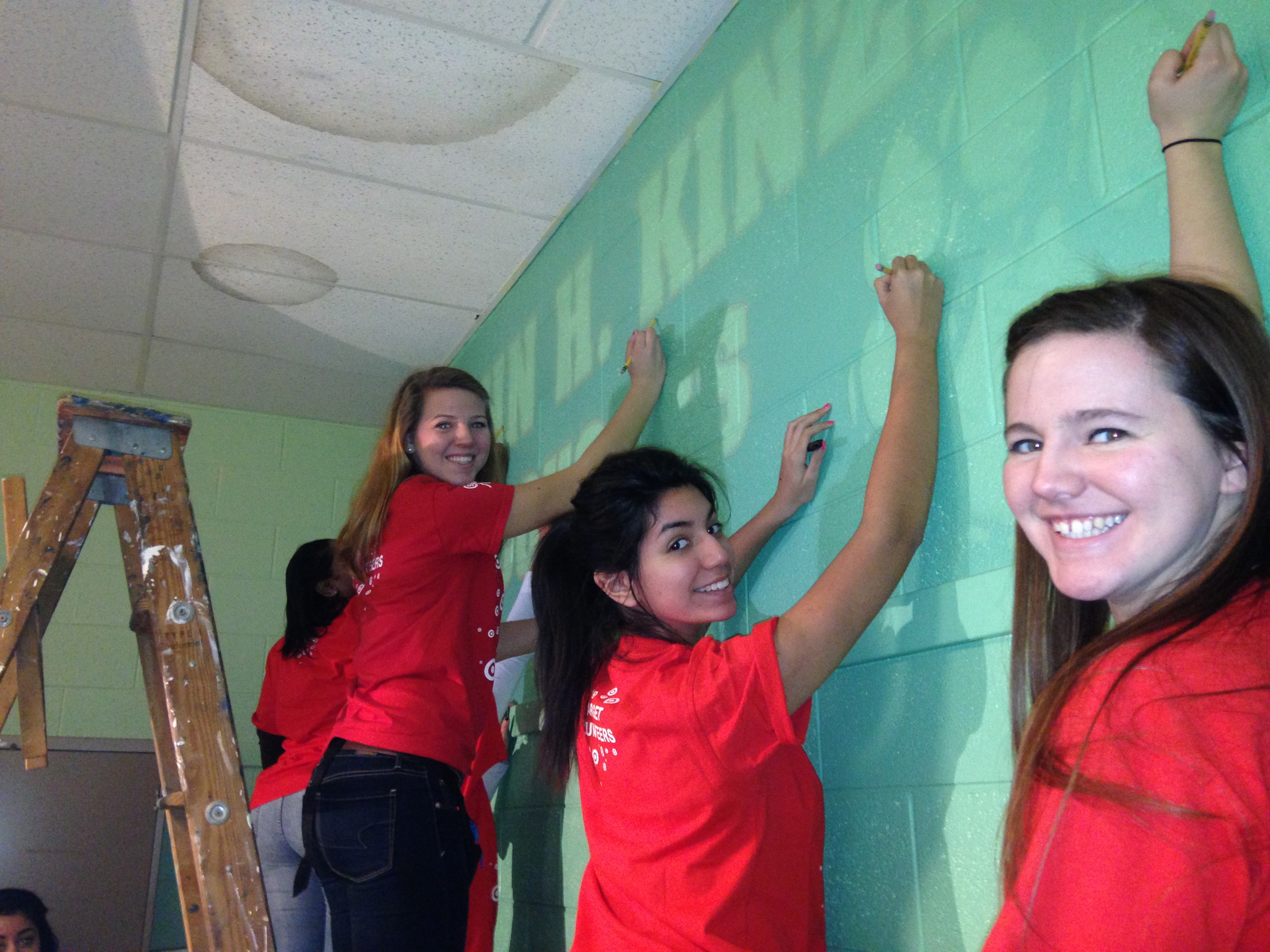
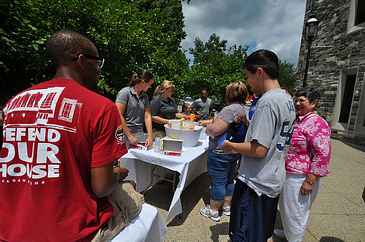

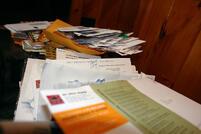
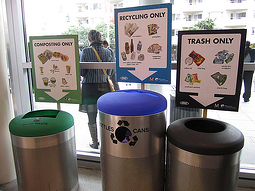 Recycle
Recycle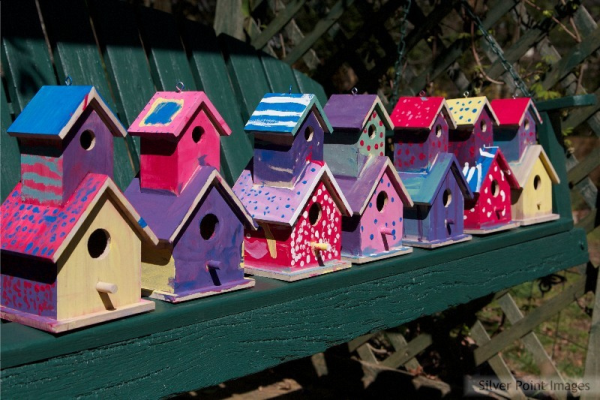
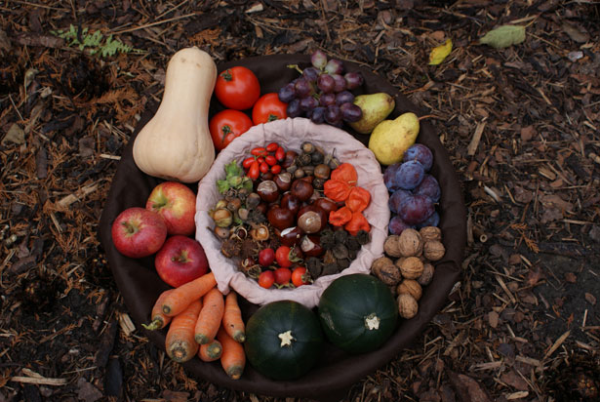



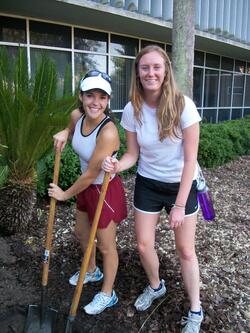 While extracurricular activities and leadership skills have always been a part of the admissions process, universities are now looking more closely at an applicant’s community engagement and student volunteering record. However, before your high schooler starts racking up miscellaneous hours for some magical number, keep in mind that today’s college admissions counselors aren’t just looking for quantitative data. They want to know why your student is doing service work.
While extracurricular activities and leadership skills have always been a part of the admissions process, universities are now looking more closely at an applicant’s community engagement and student volunteering record. However, before your high schooler starts racking up miscellaneous hours for some magical number, keep in mind that today’s college admissions counselors aren’t just looking for quantitative data. They want to know why your student is doing service work.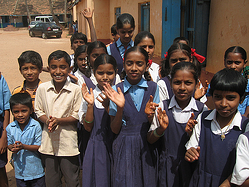 Tydlaska adds that whatever type of student volunteering is chosen, it should be authentic. “If it’s not authentic, don’t pursue it. If your passion is sports, writing, music, etc. - pursue your talent in those areas.”
Tydlaska adds that whatever type of student volunteering is chosen, it should be authentic. “If it’s not authentic, don’t pursue it. If your passion is sports, writing, music, etc. - pursue your talent in those areas.”



